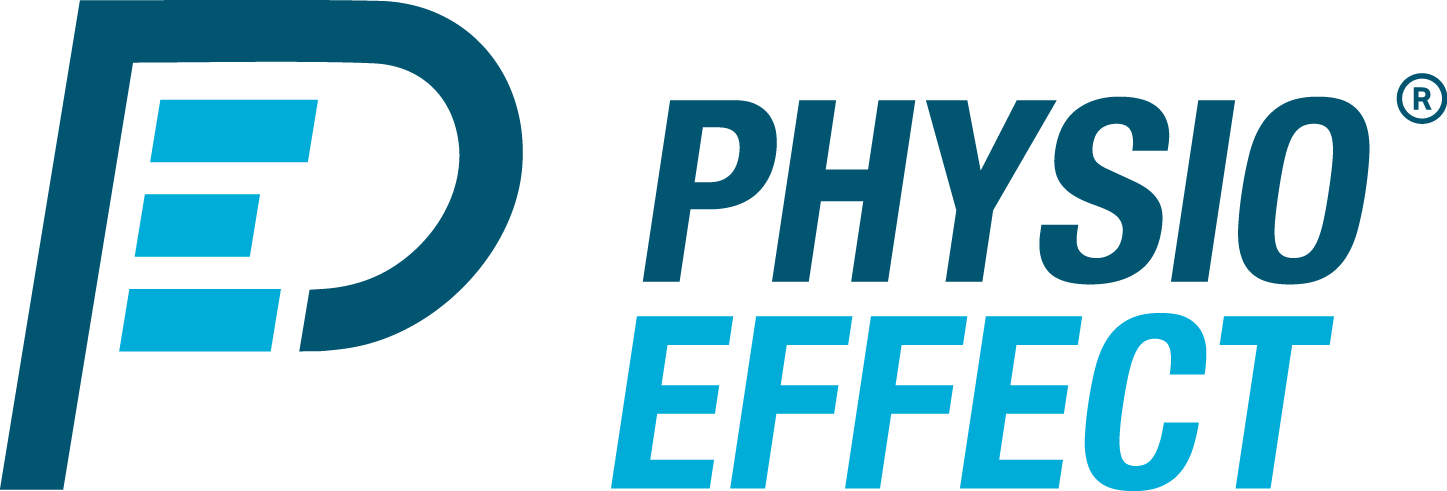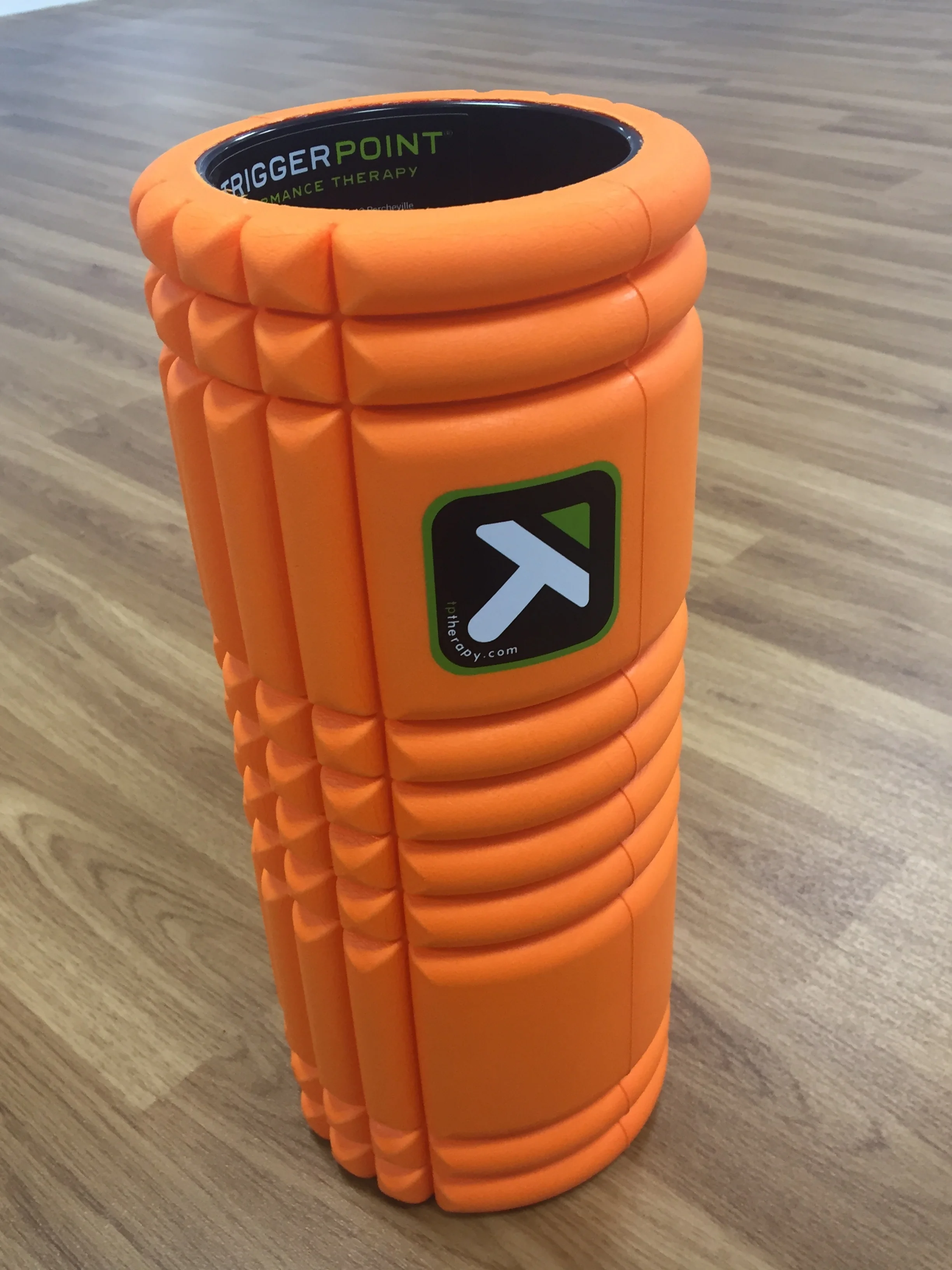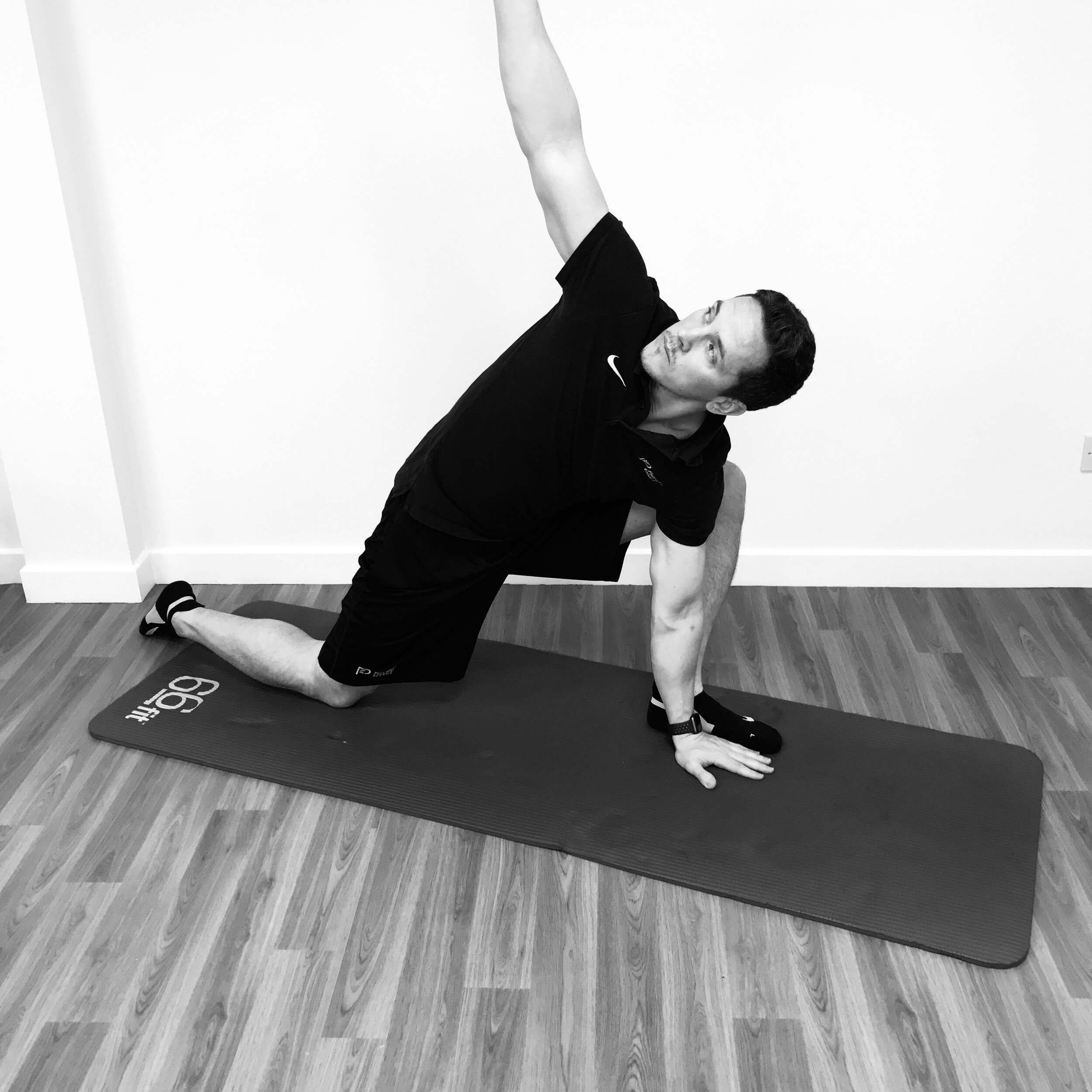Animal flows are a great addition to any exercise plan, warm up routine or injury prevention plan. Learning to move like a monkey, frog, or bear helps to build full body strength, mobility and motor control which in turn will make you a more awesome human and less prone to injury. This blog with video tutorials will explain what these movements are, how to utilise them and why you should should be doing them
Restore your core after pregnancy: A safe return to exercise
Returning to exercise after having a baby can be daunting & difficult. It is possible to cause yourself more harm than good if you return too soon or to the wrong type of exercise. This blog looks at the evidence and guidelines for returning safely to post-natal exercise and the specific benefits of Post-natal Pilates in restoring your Pelvic Floor muscle function, reducing Diastasis Recti and rebuilding your core strength and function. A FREE 30 minute Post-natal Pilates class is linked for you to try.
Our simple 7 point strategy to keep you injury free in your new found love of running!
New runners are often the most vulnerable to injury. Your body needs time to adapt to the new loads and demands that running puts on your tissues and joints. This blog provides expert advice on preventing overload and injury through planning, awareness and patience as well as tips on how to maintain tissue strength and flexibility to minimise injury risk.
Stiff back? Try our simple six step mobility routine
Stiff achy hips? Tightness or weakness and what can you do about it?
Tight shoulders? This routine will fix you up
Antenatal Exercise; What the Guidelines & Evidence Say by Raz Leonard
For over a year I’ve been enjoying teaching two Antenatal Pilates classes at Physio Effect and, from the start, the classes have been fully subscribed. Many of the women tend to come from Health Care professions themselves and know the benefits of exercising during pregnancy. I am always surprised at how many old wives’ tales are out there and how many women remain inactive or stop physical activity during this crucial time. I plan to summarise some recent evidence-based reviews on the topic so that the facts can be divided from fiction.
Check yourself before you wreck yourself - Injury prevention for knees and hips
Injury prevention is obviously preferable to injury cure. It is common for people to adapt their work desks and equipment to improve their posture as a form of injury prevention. It is also common for gym-goers and athletes to practice good form when using weights as a means of injury prevention. What is uncommon is paying attention to and correcting our most frequently used movements that arguably have some of the more devastating effects on joints if performed badly over a lifetime.
5 Tips To Keep Your Health & Fitness Goals On Track
Case Study: Frontal Knee Pain (Part 3)
Single leg exercises should be incorporated in strength and conditioning sessions as it is the best way to mimic the single leg work required in running with landing and push-off. It is also a good way to identify any imbalances from one side to the other. In the final part of this series, Jonny’s pain had largely settled and his rehab focused on single leg control. He also practiced a more efficient running technique to minimise loads placed on the knee.
Case Study: Frontal Knee Pain (Part 2)
During the initial stages of rehab, the primary focus was to maintain muscle function which can be inhibited by pain. During assessment, it was also established that Jonny was weaker on one side of his outer hip muscles (glutes) when looking at the way he balanced on one leg. The video below looks at a couple of simple exercises he worked on to improve this.
Case Study: Frontal Knee Pain (Part 1)
Knee pain is a common issue in runners. It can start off as a niggle and can easily be ignored until the point where running is no longer tolerable. This is frustrating particularly when training for a race or event. In part 1 of this month’s case study, we will look at some common physiotherapy techniques we use for pain relief in the treatment of anterior (pain in the front of) knee pain.
Jonny hurt his knee during a 42-mile Ultra Marathon which was on trail and had plenty of up and down hill sections. This caused an acute overload of the structures around his knee cap, causing pain and swelling.
Case Study: Ankle Sprain Rehab - Part 3
This concludes our 3-part series following Mariam’s ankle rehab programme after a bad sprain two weeks before her first trail marathon and then her first trail ultra-marathon five weeks after that.
Phase 1 (first 2-3 days after injury):
Ice, Elevation, Compression
Crutches
Avoidance of non-steroidal anti-inflammatories (i.e. ibuprofen)
Phase 2:
Non-weight-bearing exercises
Training modification
Progression to weight-bearing and single leg exercises
Phase 3:
Training modification
Running technique modification
Progression to plyometrics and impact loading
Case Study: Ankle Sprain Rehab - Part 2
Case Study: Ankle Sprain Rehab: Part 1
We all know injuries happen and, in most unfortunate instances, they can happen before a sporting event you have been training for months. It can be disheartening when you’ve spent countless hours training for such an event with the prospect of having to pull out. In this month’s case study, we will be looking at managing an ankle injury coming from a personal experience from one of our own physios, Mariam. We will be demonstrating a sports physiotherapist’s approach to dealing with an injury leading up to an event over a 3-part series. Part 1 is below:
The Tool of our Trade
Are you taking a HIIT in Training?
Back Strengthening Exercises for Desk-Based Workers
Foam Rolling: What is it? What’s the Evidence? How to apply it!
Self-myofascial release is a name given to the use of equipment or tools to perform self-massage and stretching with the aim of increasing joint range of motion and improving muscle recovery and performance. One of the most commonly used tools is a foam roller. You will often see people in gyms attempting to manoeuvre their bodies in various positions over one of these rollers.
Kinesio-Taping
Despite the clear lack of evidence for its use the spread of kinesio-taping throughout health and sport practices does not appear to be waning. As a Physiotherapist with more than 10 years in clinical practice I have been officially trained and certified as a kinesio-tape practitioner and while I recognise the lack of hard clinical evidence I do still have a place for using kinesio-taping in my practice.





















